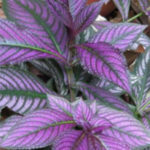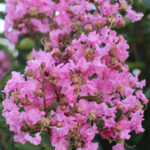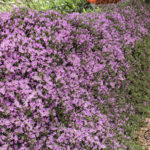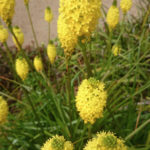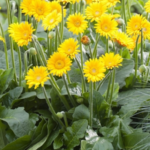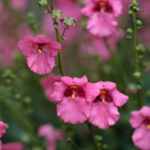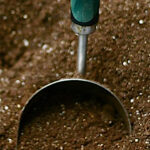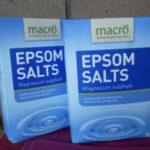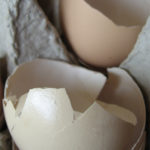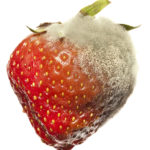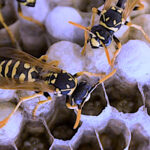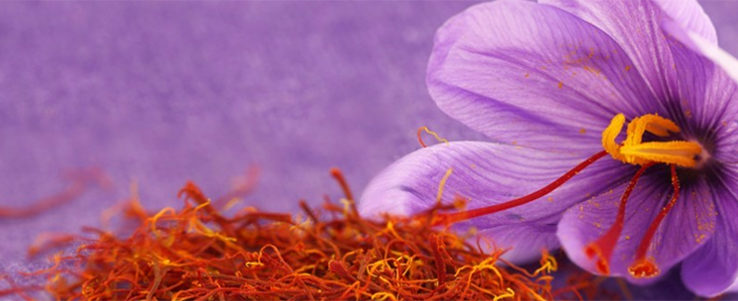
Saffron Crocus How To Grow
Saffron Crocus- How to Grow Them and Use Them in Cooking
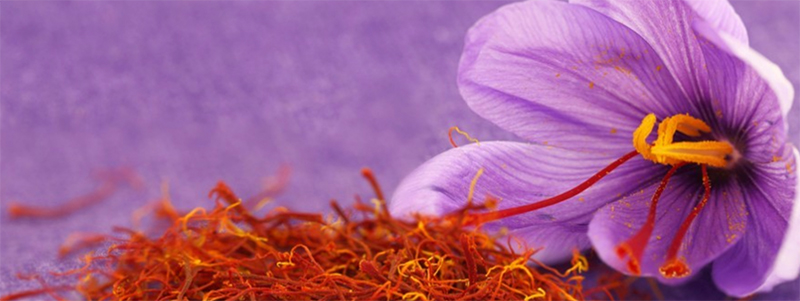
Saffron crocus or crocus sativus is the plant from which the spice “saffron” is obtained. The bright orange–red filaments seen inside the flower is the spice used to flavour foods. Saffron has been in use as a spice for more than 3500 years. It grows well in East Asia, the Mediterranean, and many other parts of the world as well. Because of the lightness of the saffron spice, it is expensive, as it needs a huge number of flowers to produce a useful amount of spice. The saffron plant grows from the corm or bulb. It can reach to a height of 10 to 30 cm. The plant produces purple flowers during autumn. The filaments are the stigma of the plant and each flower will contain three stamens and one style. You can grow saffron plant in your garden to get the saffron for your home cooking needs.
Growing Saffron Crocus
Make sure that you get quality saffron bulbs to plant in your garden. Saffron plant requires well draining soil with good organic content and full sun to grow. During summer the bulbs remain dormant. Plant the corms in a garden bed or in containers by providing at least 4inch space between them. Plant the bulbs at a depth of 4 inches in the soil. If planted in poor draining soil, the bulbs will rot. These plants can withstand cold temperatures up to -15 F or -26 C. It takes 6 to 8 weeks for the flowers to appear after planting the bulbs. Once the flowers appear the leaves also comes out. The blooms of the saffron plant lasts for 3 weeks. The leaves last for 8 to 12 weeks. During dormancy, the leaves vanish and the flowers will reappear in the next autumn.
Harvesting Saffron
The harvesting of the stigmas from the cup-shaped purple blooms takes place mid-morning. This happens during the sunny days. Harvest the filaments when the flowers are fresh and completely opened. Remove the stigmas from the flower using fingers and dry the strands in a warm place. Drying helps to preserve the saffron strands. Store the dried strands in clean closed containers until you use them.
How to Use It in Cooking?
According to your food habits and lifestyle, the saffron strands can be used in different food preparations. They find use in flavouring and to add colour to rice, desserts, breads, paella, and various Indian curries and sweets. To use saffron in cooking, you can toast the strands and powder them. You can also steep them in water or milk for twenty minutes according to the recipe and add them to the preparation. The strands will provide golden yellow colour and good flavour to the food items.
Division of The Plant
The corms will multiply every year causing over crowded plants. Overcrowding may reduce flower production. So, divide the corms every 4 to 6 years and replant them to ensure regular supply of saffron strands. Division should be done right after the foliage starts to fade. After replanting, it may take one year for the flowers to appear. The saffron plant can live for about 15 years. Diseases, insect attacks on corms, etc., can result in non-blooming of the saffron plant.


